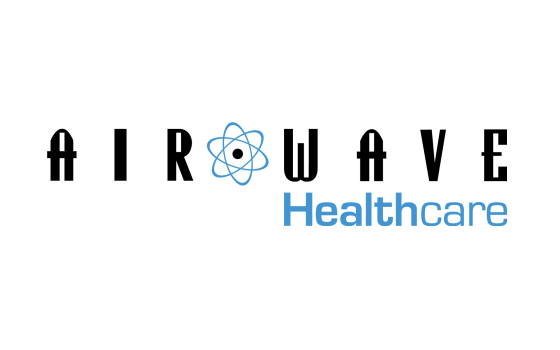 Opinion Article by Dean Moody, Healthcare Services Director, Airwave Healthcare.
Opinion Article by Dean Moody, Healthcare Services Director, Airwave Healthcare.Tim Kelsey and Martha Lane Fox called for WiFi to be made available free of charge throughout the NHS back in 2015.
The vision of NHS England’s then national director for patients and information, and the former UK digital champion, was to give patients greater access to digital health apps, self-help tools, and social networks, in ways that could "support recovery and promote well-being".
It was a bold and positive move for the health service that now, in 2024, has been widely achieved - at least from a technology standpoint. Free WiFi is available to patients across the NHS estate. But enabling access to the internet only goes part way to achieving the goals that sat behind the vision.
That's one of the reasons that more and more UK hospitals have been taking a different approach to media services.
Moving away from outdated technology
Entertainment services provided on many screens you might find on an arm at the hospital bedside, have all too often been the subject of negative publicity.Currently there are around 40,000 terminals still in place on hospital wards in the UK, that are at best more than a decade old, many significantly older.
Sometimes charging patients more than £10 per day to watch otherwise free television, such devices are often barely used on wards, despite a requirement for them to be always powered on.
They can be difficult to operate, and do little to serve the needs of patients, or the NHS. It's for these reasons that many trusts have in the past chosen not to provide patient media services to patients.
But with lengthy agreements coming to an end, a drive to rethink a patient entertainment model that was first introduced a quarter of a century ago, has been building momentum within the NHS.
A drive toward patient stimulus technology
Trusts now want to do much more than provide basic entertainment services. The opportunity is to stimulate patients in their care.That in part means being able to distract patients, and support them in their recovery with access to the same sorts of media and streaming services that they are used to having at home.
But it also means better engaging patients in their care, and supporting a better overall patient experience.
The aim is to provide patients with access to digital assets and patient facing apps that can inform them about their care. Systems should be able to amplify information about the operation a patient has had, or provide further insight and actions that patients can carry out after their procedure in order to optimise their outcomes.
Digital tools can help to support patients in their onward care journey - for example allow them to find and choose care providers for when they leave hospital.
Media services can allow patients to do everything from arranging time with the hospital chaplaincy service, to speaking to friends and relatives, to ordering from onsite retailers.
Hospitals can also use the same systems as a means to capture patient feedback - such as the NHS Friends and Families Test.
And modern approaches often require media platforms to integrate with other hospital systems, in ways that can release time for busy nurses. For example, providing patients with the means to order their meals, request a glass of water, or find out when they are likely to go home, without needing to ask a question.
Overcoming cost barriers in an age of inequity
Many NHS trusts have been enabling this type of service entirely free of charge to patients.With healthcare equity now a priority commitment, access to such media and the potential it offers for enhancing the care experience, doesn’t need to be determined on the basis of whether patients can afford to pay.
Resources are stretched more than ever in the health service, and it is easy to dismiss investment in such systems as unnecessary. But feedback from both staff and patients where this has been done well, tells a different story of value and impact.
Models can be put in place to make this possible everywhere in the NHS, especially if providers of such systems work with trusts in fairer ways than older contracts have allowed, listen and understand pressures faced on wards, and collaboratively create genuine solutions that respond to strategic healthcare needs.
And with the need to improve patient experience and satisfaction so high on the agenda of the new government, a role can be played in addressing national priorities.
The last decade saw NHS leaders seek to create social impact through the introduction of WiFi. Prior to that, the early 2000s saw a central push for ‘patient power’, through bedside communications. Now policymakers might consider how to seize on the building momentum in the 2020s, and build into national strategies how the NHS might stimulate patients by using media in ways that make a meaningful difference.